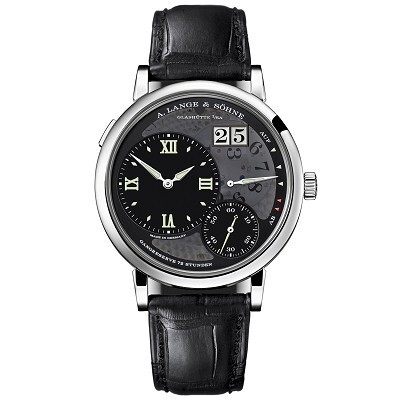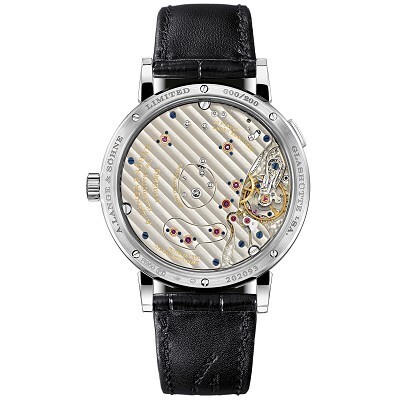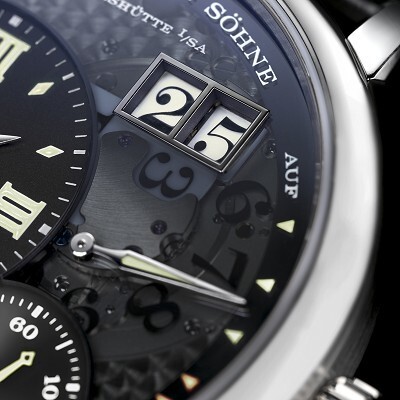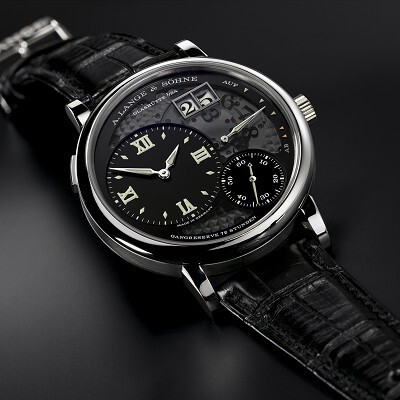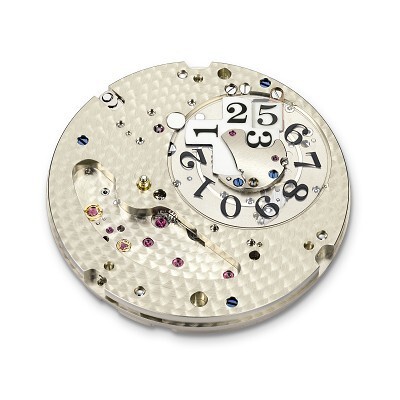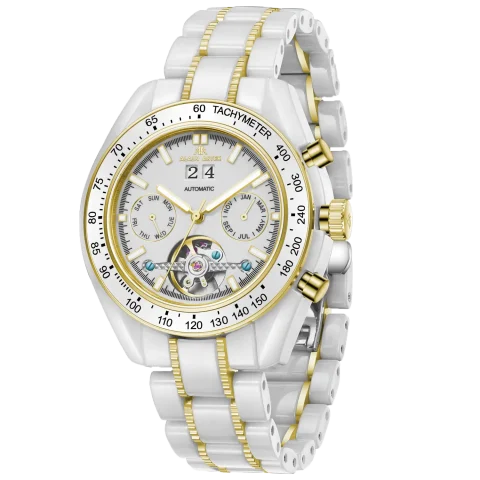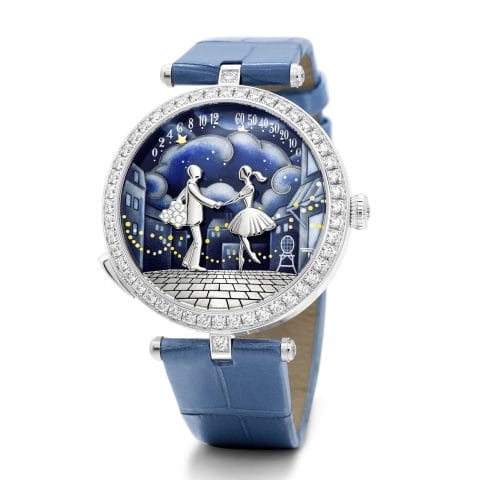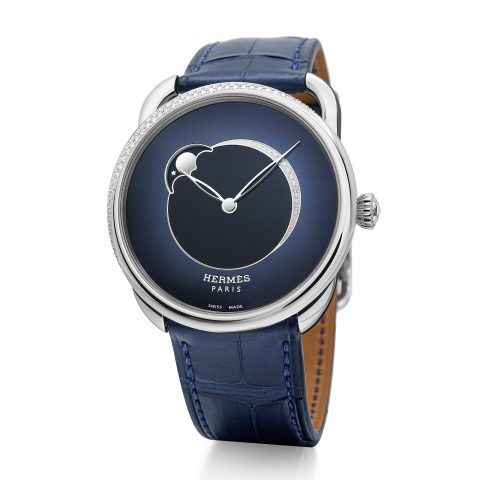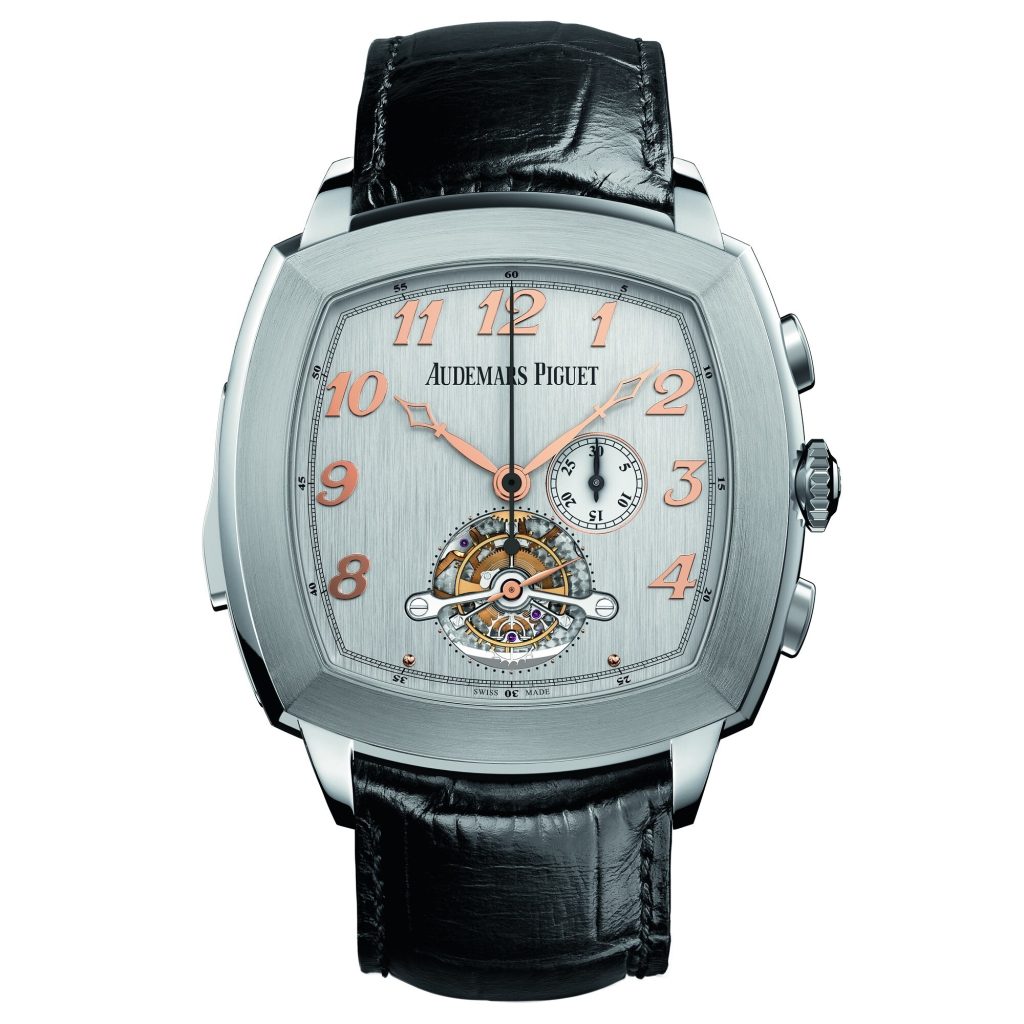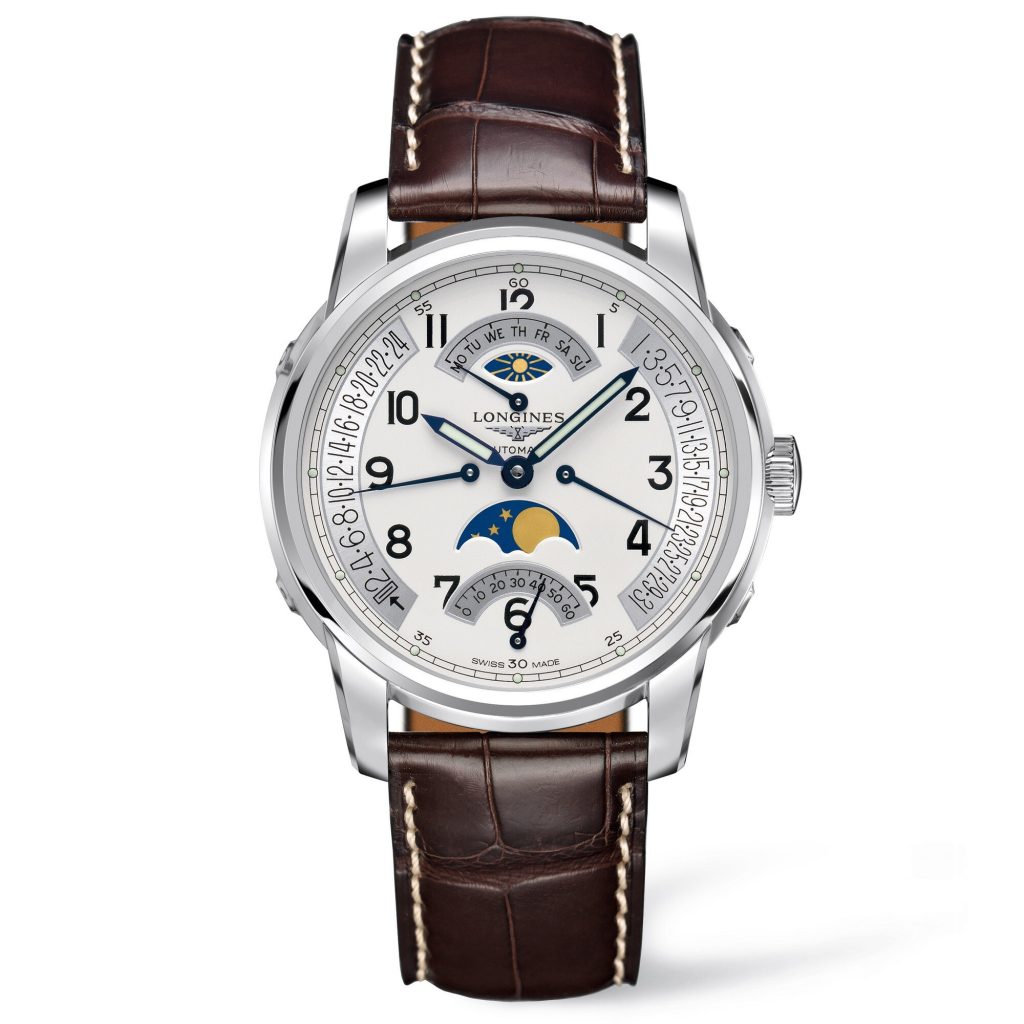
Sometimes, the first thing we look at on a watch is not the time, but the date. Yet on most watches, the date window tends to be more decorative than functional, often making it hard to read at a glance. That’s why the first A. Lange & Söhne model to feature the brand’s signature outsized date display created such excitement — it finally matched how we truly perceive time.
This year’s Grand Lange 1 “Lumen”, unveiled in Geneva, continues the iconic layout of small seconds and large date. Particularly impressive is the harmonious balance between the power reserve indicator and the time sub-dials — a design that is not only aesthetically pleasing but also enhances the wearer’s intuitive control over the watch.
The 41mm case is crafted from white gold, with sapphire crystal on both the front and back. The main dial combines solid silver and semi-transparent sapphire crystal, allowing a fascinating view of the movement and date discs beneath — including the beautifully hand-finished scale-like pattern on the date bridge.
Another remarkable detail is the use of white luminous coating on both the date numerals and hands, ensuring excellent legibility even in the dark.
Inside beats Lange’s in-house Calibre L095.2 manual-winding movement, meticulously hand-finished and assembled, and precisely adjusted in five positions. The main plate and bridges are made from untreated German silver, displaying the brand’s signature warm hue.
A. Lange & Söhne Grand Lange 1 “Lumen” Ref. 117.035
-
White gold case, 40.9mm diameter, 9.8mm thickness
-
Sapphire crystal front and back
-
Rhodium-plated gold hands with luminous coating
-
Calibre L095.2 manual-winding movement
-
42 jewels, 400 components, 72-hour power reserve
-
Black alligator leather strap, platinum pin buckle
-
Limited edition of 200 pieces
Functions: Hours, minutes, small seconds, outsized date, power reserve display, manual winding.
How the Lange Outsize Date Works
The design of the Lange outsize date was inspired by the five-minute digital clock created in 1841 by Ferdinand A. Lange for the Semper Opera House in Dresden.
To achieve a larger and clearer date display, Lange developed a mechanism using two separate discs:
-
A ring-shaped units disc numbered from 0 to 9, which advances once per day.
-
A tens cross marked with 1–3 and a blank section, which moves forward once every ten days.
When transitioning from the 31st to the 1st, the units disc remains stationary for one day, allowing the tens cross to move to its blank section. The entire irregular switching sequence is precisely controlled by two program wheels with finely calculated gear trains.
